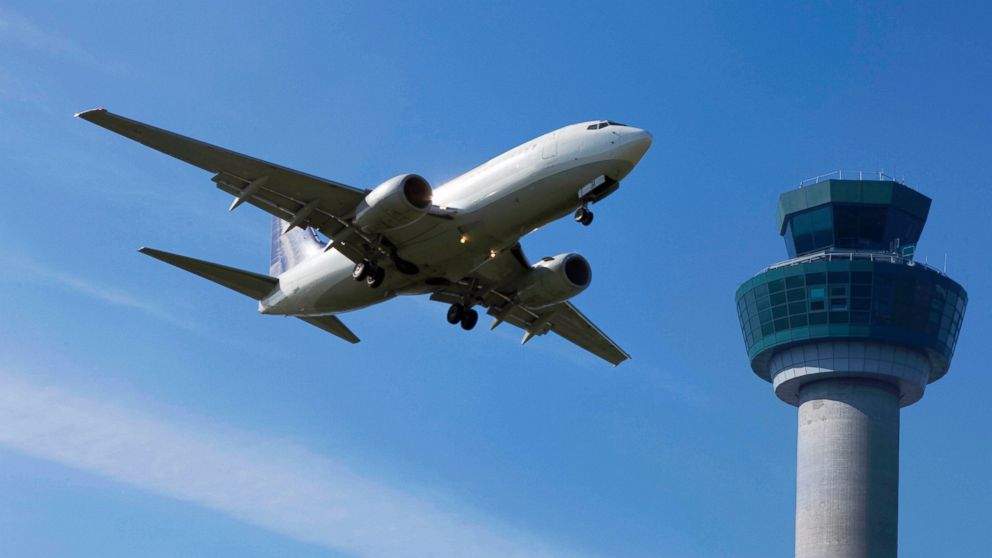Air Traffic Control 'Staffing Crisis' Could Lead to Flight Delays, Union Warns
Here's why the number of certified air traffic controllers is at a 27-year low.

— -- With the number of fully certified air traffic controllers at a 27-year low, the nation's flight grid is severely understaffed, and if left unchecked, could lead to delays nationwide, the Air Traffic Controllers' union warned during a round table in Washington Tuesday.
Though the safety of the system is not at risk, National Air Traffic Controllers’ Association Vice President Trish Gilbert said the FAA has reached a “staffing crisis," prompting the association to call for a Congressional hearing into the matter.
Since September 2012, the number of certified air traffic controllers has decreased by about 7.5 percent, from 11,735 in 2012 to just 10,859 in 2015. About 30 percent of current staffers are eligible for retirement, according to NATCA. To make matters worse, NATCA says, the FAA failed for the fifth year in a row to meet its hiring goals.
In several particularly hard-hit areas, like Dallas, Chicago, New York and Atlanta, facilities are operating with 25 percent to 45 percent fewer controllers than needed.
"That's not acceptable," Gilbert said.
According to NATCA, chronic short-staffing prevents the FAA from pulling controllers off the board to help research vital new technologies like NextGen, a satellite-based tracking system that could shorten routes, potentially saving time and fuel and boosting safety. It also forces many controllers to work mandatory six-day weeks, which can lead to fatigue.
NATCA says the FAA's "bureaucratic inertia," coupled with uncertain funding, make it difficult to hire new recruits. Even when new employees are hired, the FAA often places these workers in high-stress environments where they can't succeed, forcing them to drop out instead of working their way up the ladder.
"That's not fair," said Gilbert, noting that the agency should also work to facilitate transfer requests from employees who want to move from highly-staffed areas to locales with unmet needs.
If the FAA doesn't address the shortages, passengers could begin to see the kind of delays the country experienced during the sequestration in 2013, Gilbert warned. (During one week of furloughs, a whopping 12,760 flights were delayed, three times more than the flights delayed that same week the following year.)
Of course, hiring new employees today won't solve the immediate problem. It takes two to four years to certify as a controller -- and only about three-quarters of those who complete training make it to certification.
The FAA released a statement about the possible staffing shortage:
"The FAA shares NATCA's frustration with air traffic controller staffing levels. The past government shutdown and budget cuts closed the FAA’s controller training academy for nine months, delaying initial training for several classes of new air traffic controllers. As a result, the FAA has been working hard to hire at an increased rate to meet its air traffic controller staffing targets. The FAA has conducted several rounds of air traffic controller hiring over the past two years in an effort to continue to feed enough controllers into the training pipeline to meet the agency’s expected staffing needs. The agency is planning additional job announcements in the future to recruit new controllers to meet ongoing staffing needs."




